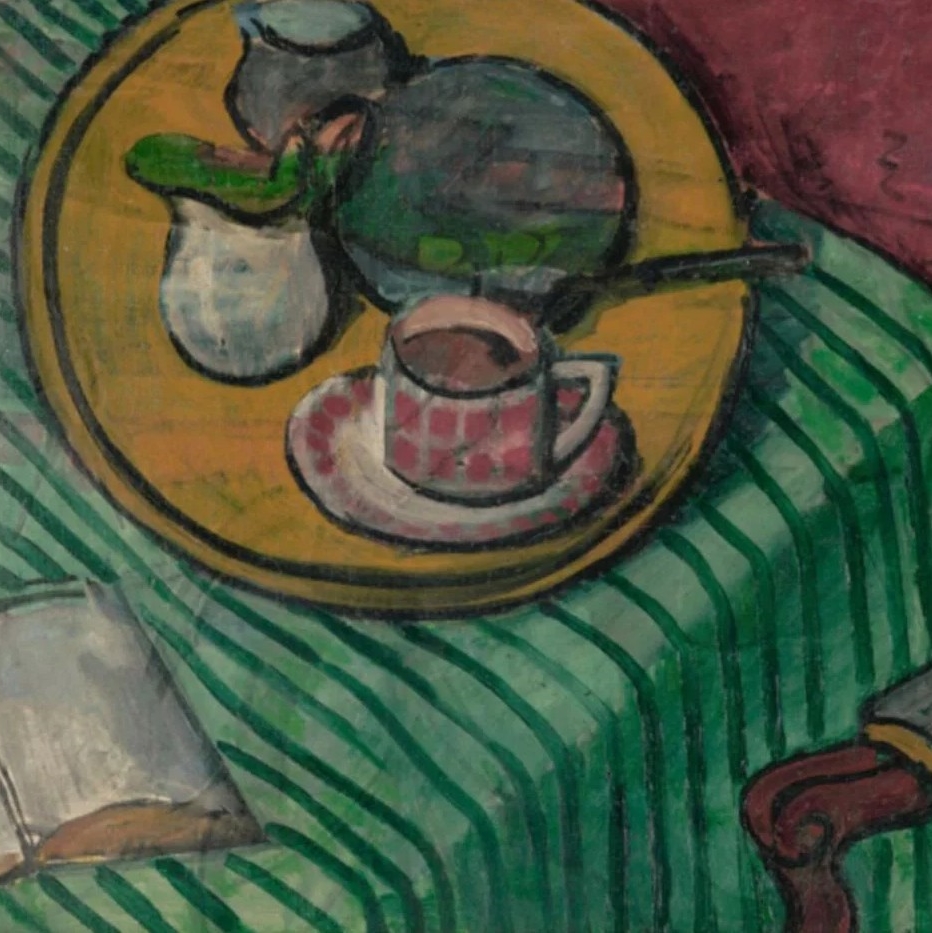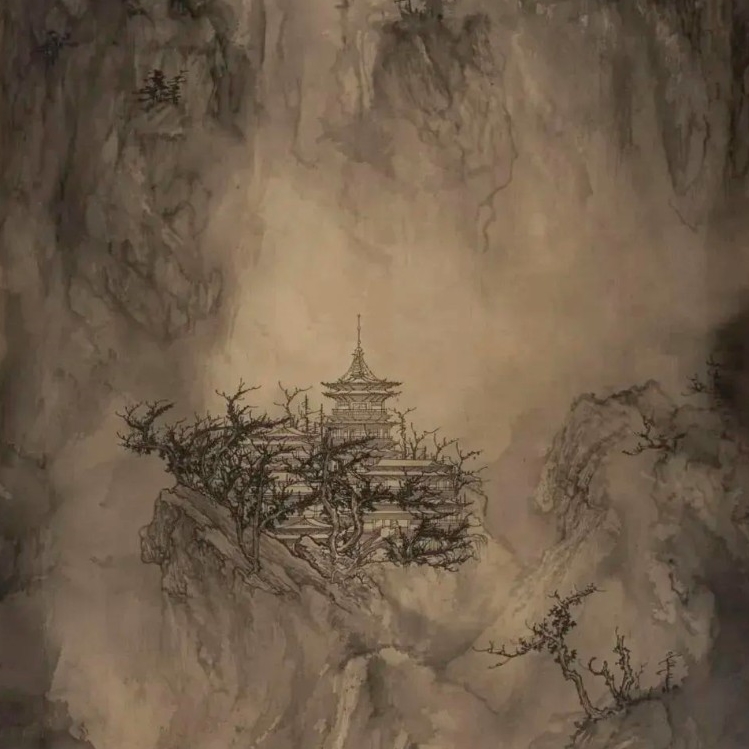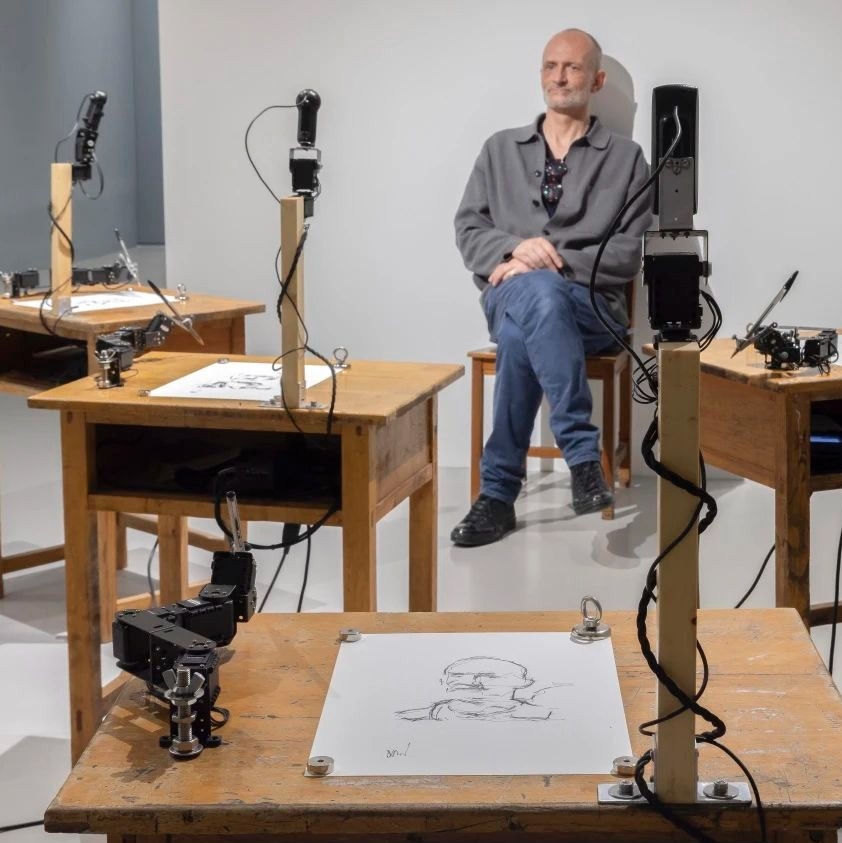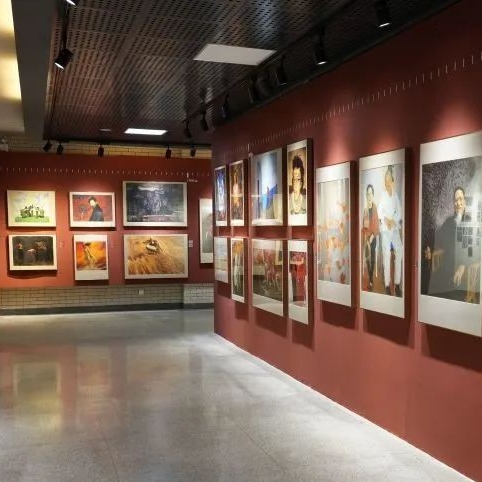
Man and Woman on Bicycle by Zhang Dali, 2010
Zhang Dali's new solo exhibition titled "World's Shadows", which highlights the artist's use of cyanotype photography, opened at Pekin Fine Arts (Beijing, China) on October 22nd. Zhang Dali is an internationally recognized artist, and is also the first graffiti artist in China. His works feature his experience and challenges facing the many issues involved in China's modernization. “The main theme of my work is our daily life and its numerous aspects, seen from a very realistic perspective,” Zhang Dali says in an interview by the that’s Magazines “They’re essentially the shadows of reality. I want to record all the impressions from a person’s life.
One of the reasons Zhang Dali has opted to make use of this antiquated technique is that the popularization of contemporary digital techniques and the misuse of PhotoShop has rendered us unable to distinguish the line between the real and the virtual. The second reason is that the entire world is engulfed by the age of information proliferation. We are supplied with a fast and furious stream of information but the source of this information is by no means entirely accurate and there is a great deal of exaggeration. The final reason is that, as artists become increasingly reliant on digital techniques, insolated in their studios and deluded by production assistants, they move further and further away from real life and work.
Let’s gain a sight of his creations and find out what he has to express in his art.

Zhang Dali and His Work; Courtesy of the magzine that's

On-site Report of World Shadows
About World's Shadows - Zhang Dali Solo Exhibition
by Zhang Dali
In my latest works, “World’s Shadows”, (2009-2011) I utilize a photo-image making process invented over 150 years ago: I make photograms or cyanotypes on large format cotton canvas by soaking the fabric in a recipe of chemicals. After drying the fabric, images placed in front of the fabric are captured in silhouette; and, within a few minutes of exposure to the sun’s ray’s negative images, or shadows start to form. Areas not exposed to light remain white while those exposed to the light result in different tones of blue, depending on the varying degrees of transparency of the objects.
In July 2009 I started to experiment with photogram making, documenting shadows of different forms, and the resulting images amazed me. Beside the wide variety of material objects, under the sun, I also discovered a world constituted by the interaction of material objects and shadows, noting our eyes’ attraction to material objects and our tendency to disregard the shadows.
Shadows are very intriguing and differ greatly in form. Beside shadows’ ability to prove the existence of material objects, shadows also carry their own intrinsic value and existence, not only as a reproduction or copy of the world of material things, but also as a type of “anti-matter” marking the space material objects occupy under the sun.
The material world constructs and controls our nervous system, and can make us feel agitated and troubled. When we keep calm and quiet, we realize that the world under our control is only a small part of the universe, certainly not the whole. The shadows I document exist only for a very short time, but through the photogram technique I capture them, so they can exist for a much longer time, in front of our eyes, and under our gaze.

Boy and Girl on Bicycle by Zhang Dali
On the west side of my studio in Heiqiao Village (the Black Bridge Village east of Beijing) there is an abandoned field, where wild grasses of unknown names grow. In springtime the field is covered with small purple wild flowers. I know this space is all too temporary: soon bulldozers will come and flatten the field, Heiqiao Village and my studio will cease to exist, remaining perhaps as a baffling and bygone name on a map, or maybe not even the name will remain, and no one will remember the history of this place, and all memories related to it will also be gone.
In future, the field will likely be covered by rows of ugly buildings made of concrete and steel. In the gigantic and unfriendly metropolis of Beijing, people live like recluses, each hidden away in his/her high-rise burrow of concrete and steel. When venturing out, Beijingers jump into cars, creating torrents of metal flowing non-stop and without rules.
Beijingers have no chance to look out from their homes on to nature. They only see flowerbeds and trees artificially and neatly planted by government workers on the side of the road. In the spring of 2009 I passed through that field and suddenly thought about its mode of existence and its coexistence in this rapidly urbanizing environment. Before that time I had already done some research on photograms, as a tool for creating non- alterable and lasting images. I documented the life around my studio, the people and objects of daily life, like the grass in my field they will also soon disappear and be moved to new neighborhoods.
I also went to the northern outskirts of Beijing, to Changping County, to a mountain called Yinshan Talin (the Pagoda Forest of the Silver Mountain), where there is a Liao Dynasty (907-1125) site of pagodas. I used large size cotton canvas to record the shadows, and on the canvas they look like the soul of the pagodas, and made me think of the Shroud of Turin. The shadow is the soul impressed on the land, after a short time it disappears, and my photogram canvas tries to retain it.

The Buddhist Pagoda with Throne of Vajra of Liao Dynasty No.1

The Buddhist Pagoda of Liao Dynasty No.4
Technicalities
A cyanotype is an image produced without a camera, instead by painting a surface with a solution of ammonium ferric citrate and potassium ferric cyanide then exposing it to sun light. UV rays react with the solution and produce ferric chloride. Because of the different level of transparency of the objects, their shadow varies in tones: areas of the photo-sensitive material that have received no light (the shadows) appear white; those exposed appear coloured, just like a negative or silhouette.
In 1842, only 3 years after the invention of photography, John Herschel found out the technique to fix a bluish image for a long time, he was the first to use ferric chloride, and not silver chloride photo technique (Argentotype).
In 1843 a British woman, Anna Atkins, produced British Algae: Cyanotype Impressions, an illustrated book with over one hundred images of seaweed specimens. Atkins used the cyanotype process learned directly from Sir John Herschel, a family friend. Only 13 copies of her book remain in world museums. It can be said that Atkins was the first photographer to use iron-based photograms.
I believe I am among the first to use cyanotypes of living and material objects of such large format.
I will continue to explore this non-digital, unique photogram print methodology, as a means of interacting with and memorializing the temporary environment that surrounds me in Beijing. “
Oct 18, 2011
Report related to this: ZHANG Dali by JANINE COUGHLIN AND ANGUS NING from that’s Magazines
Courtesy of the artist and Pekin Fine Arts.
About the Exhibition
Date: Oct 22, 2011 - Jan 8, 2012
Opening: Oct 22, 2011, 14:00, Saturday
Venue: Pekin Fine Arts (Beijing, China)
Organizer: Pekin Fine Arts




























